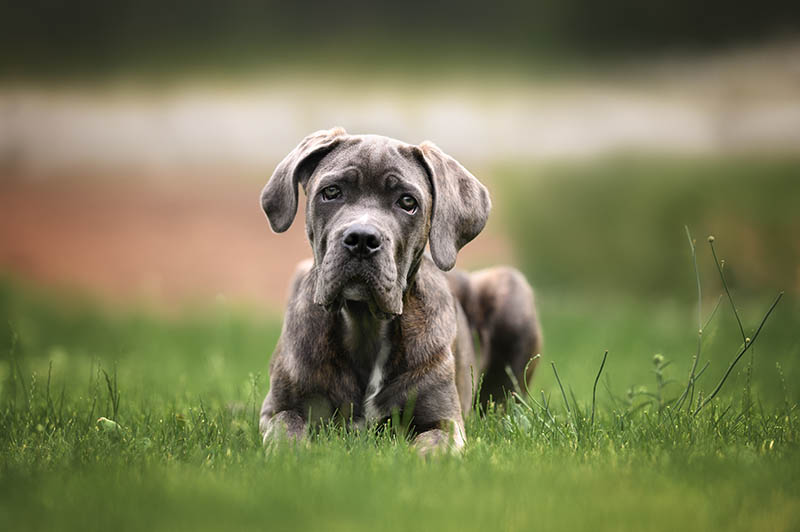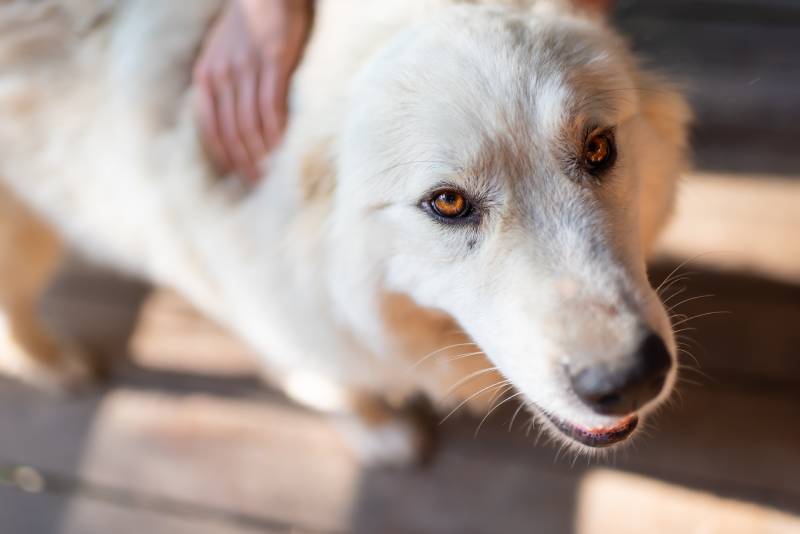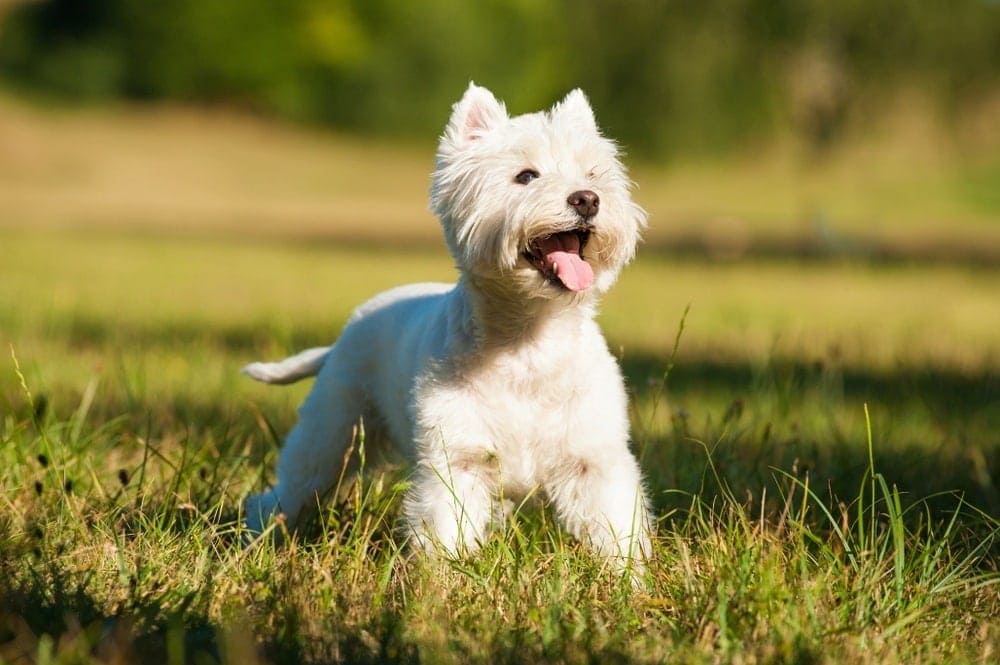Can Dogs Eat Injera? Vet-Reviewed Health Concerns
Updated on
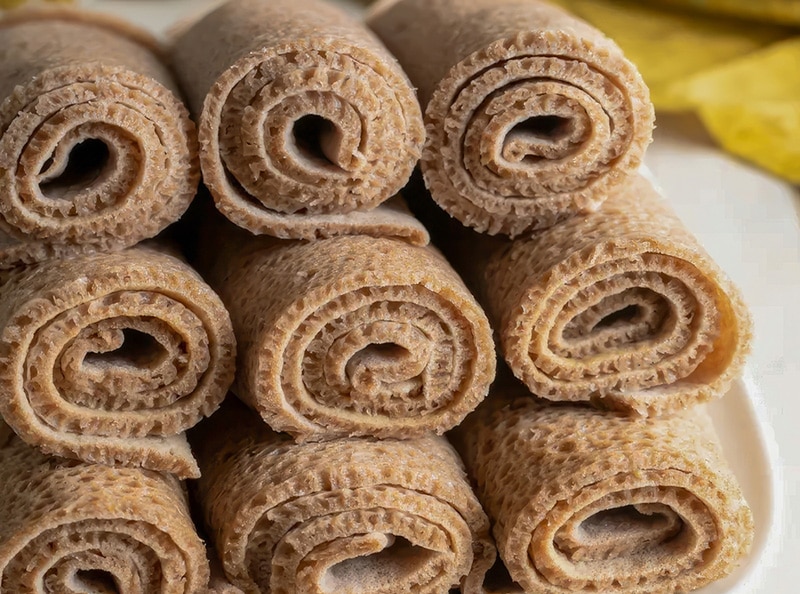
Every meal is better when shared with a loved one, but when your loved one is a dog, it is not always advisable to follow this philosophy. Some human foods can be dangerous and even toxic for pets. No matter how much we enjoy sharing our meals, sometimes it is best to avoid offering your dog a bit of your food.
When it comes to injera, it is not harmful or toxic, but it is not healthy for dogs either. This bread is very high in calories and carbs, so it can quickly lead to weight gain if offered too frequently. There are several more risks to injera and its ingredients, and to learn more about it, you can read our article below.
What Is Injera?
Injera is a traditional Ethiopian delicacy dish enjoyed worldwide in various recipes. Injera is a delicious bread made from flour, water, salt, yeast, and vegetable oil. The critical ingredient is the gluten-free teff flour, mixed with water and left to ferment for several days. This process creates a unique tangy flavor of the bread, giving it a soft and spongy texture for which it is adored worldwide. Injera can be eaten alongside other dishes and is commonly used as a utensil for scooping different foods.

Injera Ingredients
- Teff flour, rice flour, or plain flour
- Water
- Salt
- Yeast
- Vegetable oil
Injera Nutritional Value per 100 g:
- Energy: 87 kcal
- Water: 76.04 g
- Protein: 3.48 g
- Total fat: 0.84 g
- Carbohydrate: 18.29 g
- Fiber: 2.7 g
- Sugars 03 g
- Calcium: 13 mg
- Iron: 1.03 mg
- Magnesium: 64 g
- Sodium: 229 g
Can Dogs Eat Injera?
We may adore injera, but how safe is it for our pets to consume? While injera is not considered toxic to our dogs, it is not their healthiest meal. Teff flour is considered to be rich in fiber and protein. However, it is not always the most nutritious food to give your dog as it might include some ingredients that can potentially cause an allergic reaction in your dog, such as certain grains. When offering your dog injera, offering a tiny bite and monitoring their health is best.
Injera is also very high in carbohydrates, which can bring extra calories to your dog, making injera dangerous for dogs struggling with obesity when consumed frequently.

Risks of Feeding Your Dog Injera
One of the biggest health concerns with injera is that teff flour may cause allergic reactions in dogs allergic to grains. It would be best to be careful when feeding dog injera because grains should never make up a large part of a dog’s diet—a dog’s diet should consist primarily of animal-based protein.
Another risk of feeding injera to dogs is the presence of phytic acid in teff flour, a plant chemical. While small amounts occasionally won’t harm your dog, eating teff flour and injera in abundance can prevent the body from absorbing the nutrients. Fermenting teff flour can significantly lower the levels of phytic acid, though.
Teff flour is also a very expensive ingredient to buy due to its costly production process. If you want to make homemade injera from scratch, it can be pretty expensive because of this ingredient, which is also not readily available in most grocery stores.
Safer Alternatives to Feed Your Dog
If you like offering your dog some treats or giving them a piece of your own food, then injera won’t harm their health significantly. However, there are much better alternatives to injera that can actually benefit your dog without acting like a filler food. Human foods such as plain cooked rice, chicken, fish, vegetables, and some fruits can be an incredibly healthy snack for your dog.
Always take your veterinarian’s advice before adding a particular food or ingredient to your dog’s diet, as your dog might have food sensitivities or allergies.
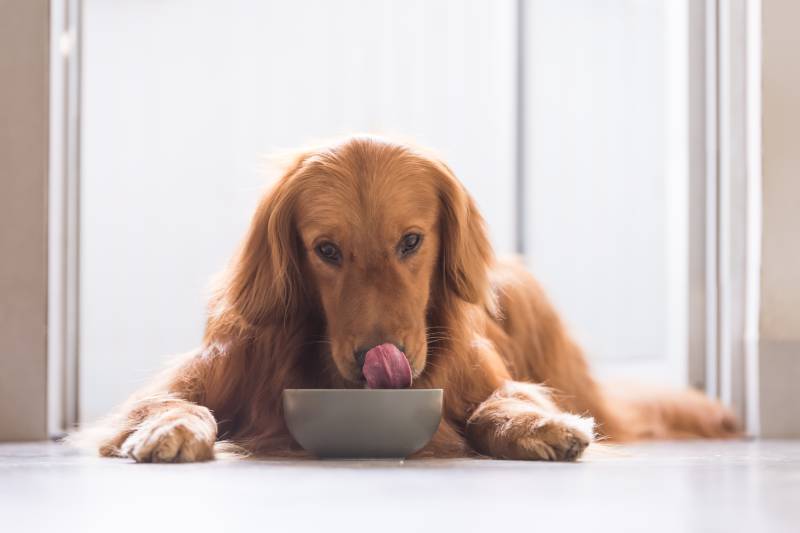
Final Thoughts
While this type of bread is very delicious and most dogs will enjoy a bite, there are several health concerns to consider, such as the phytic acid in teff flour, which is the main ingredient of injera. However, if you offer injera just as an occasional snack—a bite or two—your dog should be fine.
See also:
Featured Image Credit: Thao Lan, Shutterstock



